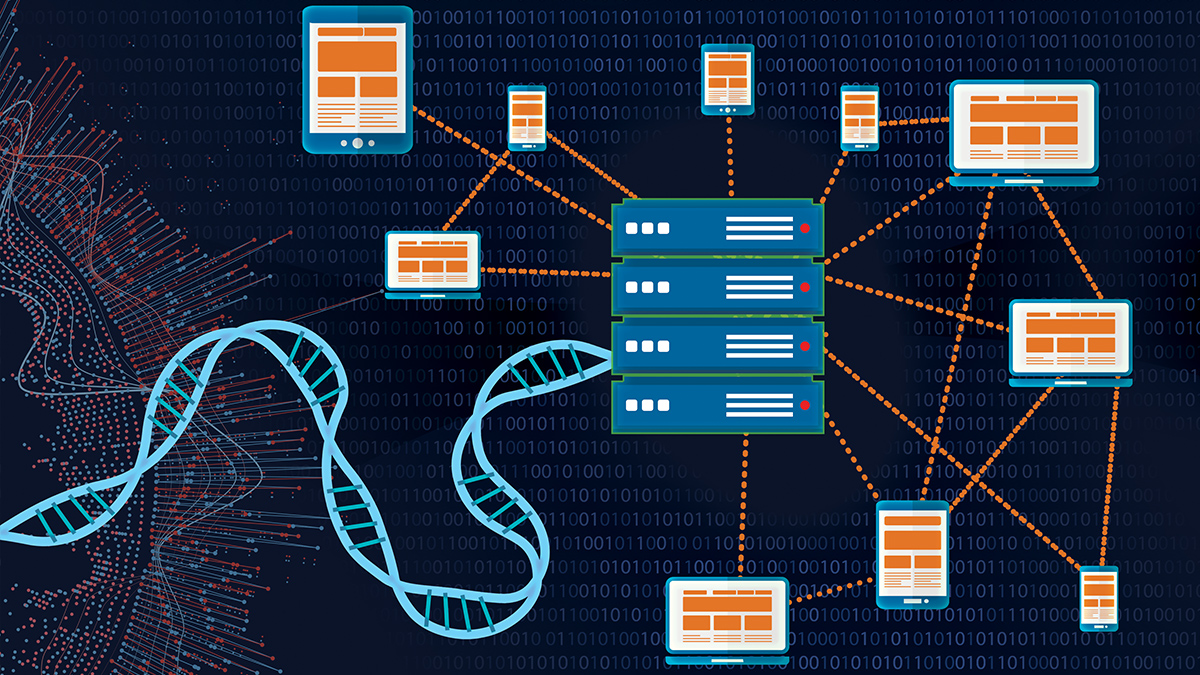NHGRI’s Technology Transfer Office always keeps the institute’s best interests in mind
I would like to bring to your attention a wonderful example of scientific influencers making their way into pop culture. Recently, four NHGRI-funded genomic scientists were named among the 100 most influential people of 2022 by Time magazine. Adam Phillippy, Ph.D., Karen Miga, Ph.D., Evan Eichler, Ph.D., and Michael Schatz, Ph.D. were honored for their roles in leading the Telomere-to-Telomere (T2T) Consortium to produce the first truly complete sequence of a human genome. Congratulations to these four and the entire T2T Consortium for this truly amazing scientific accomplishment and well-deserved recognition.
All the best,
![]()
In This Issue
Genomic Data Sharing Spotlight
As with all NIH-funded work, NHGRI intramural researchers must responsibly share large-scale genomic data with the broader research community. The two most highly requested datasets that have been deposited from NHGRI intramural research groups to date are the FUSION study and the ClinSeq Project.
“The FUSION Study: Mapping Genes for Non-Insulin Dependent Diabetes Mellitus - Tissue Biopsy Study” is a long-term, international, and collaborative effort to identify genomic variants that predispose to type 2 diabetes. Nearly 60 other researchers have used this dataset (phs001048), which includes whole-genome sequence, transcriptomic data, and methylation data. These data were used in studies covering a variety of topics: chronic complex diseases, type 2 diabetes, epigenomics, aging, cancer, data privacy, and others.
The ClinSeq Project is a genomic medicine study to investigate the utility of whole-genome sequencing in the practice of medicine. The ClinSeq dataset (phs000971) features a robust list of clinical data types, which has turned out to be useful for exploring different research questions. A key aim of the ClinSeq Project is to inspire further studies in genomic medicine implementation; thus, this dataset is particularly useful for those seeking to answer clinical genomics questions. In addition, this dataset is also made accessible to NIH intramural researchers for exploration of genotype information through the relatively new Reverse Phenotyping Core in the NHGRI Center for Precision Health Research.
Did you know that there are ~1,000 principal investigators and more than 4,000 trainees at various stages of their career conducting basic, translational, and clinical research at the NIH? This makes the NIH Intramural Research Program the largest biomedical research institution on earth!

About The Genomics Landscape
A monthly update from the NHGRI Director on activities and accomplishments from the institute and the field of genomics.
Last updated: July 7, 2022




